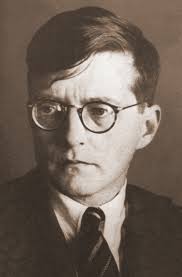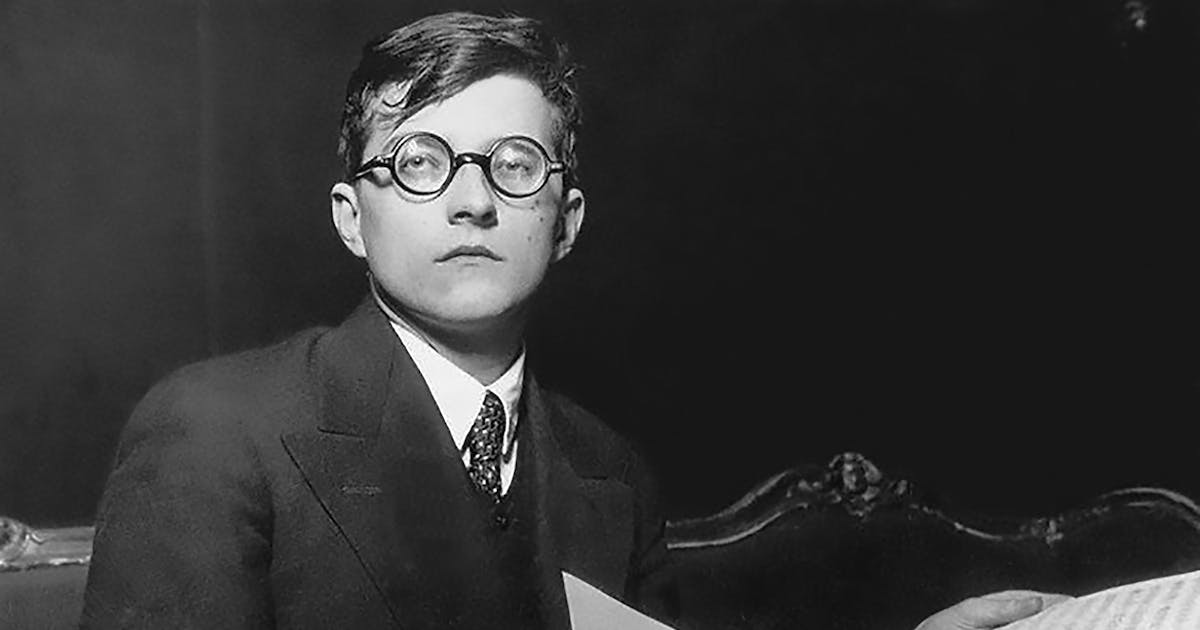The Story Behind Shostakovich’s Symphony No. 5 in D Minor
Introduction
Dmitri Shostakovich’s Symphony No. 5 in D minor, Op. 47 is one of the most powerful and historically significant works in 20th-century classical music. Premiered in 1937, the symphony is more than a musical masterpiece—it is a poignant response to the political oppression of the Stalinist regime and a testament to artistic resilience under censorship. Through its dramatic contrasts and emotionally charged narrative, the Fifth Symphony continues to captivate audiences worldwide.
The Political Climate: A Dangerous Time for Art
The mid-1930s were a perilous time for Soviet artists. Stalin’s regime was cracking down on what it called “formalism” in the arts—an abstract, modernist approach seen as elitist and incompatible with socialist realism. Shostakovich, already a prominent composer, came under fire following the release of his opera Lady Macbeth of Mtsensk in 1934.
Initially successful, the opera was later denounced in a 1936 Pravda article titled “Muddle Instead of Music”, allegedly commissioned by Stalin himself after he attended a performance. This public condemnation placed Shostakovich’s life and career in jeopardy. In this climate of fear and uncertainty, he needed to rehabilitate his reputation—or risk severe consequences.
Symphony No. 5: “A Soviet Artist’s Creative Response to Just Criticism”
In 1937, Shostakovich presented his Symphony No. 5, subtitled (perhaps sarcastically or under coercion), “A Soviet Artist’s Creative Response to Just Criticism.” The subtitle was not written by the composer himself but was added in official Soviet commentary to frame the work as a repentant, ideologically correct piece. While it outwardly conformed to the expectations of the state, the symphony harbored a deeper, more ambiguous message.
Structure and Emotional Journey
Shostakovich’s Fifth Symphony is structured in four movements:
- Moderato – Allegro non troppo
A brooding, intense first movement that begins with a sense of unease, building through layers of counterpoint and dramatic orchestration. It sets the stage for the symphony’s emotional depth. - Allegretto
This scherzo offers a sardonic, sometimes grotesque dance-like mood. Critics have interpreted it as a satire of Soviet joviality, masking tension beneath a forced smile. - Largo
One of the most moving slow movements in the symphonic repertoire. Scored for strings and harp, it evokes a sense of deep mourning and introspection. This movement is often seen as the emotional core of the symphony. - Allegro non troppo
The final movement begins with thunderous energy and martial rhythms. It ends in a triumphant major-key conclusion—but many listeners, including the dissident writer Alexander Solzhenitsyn, have noted that the ending feels more like forced celebration than genuine victory.
Reception and Impact
The premiere of Symphony No. 5 took place on November 21, 1937, in Leningrad, conducted by Yevgeny Mravinsky. The audience’s reaction was overwhelming. Many listeners reportedly wept during the Largo, and the symphony received an ovation that lasted over half an hour.
To the Soviet authorities, it was a return to acceptable artistic norms. To more discerning listeners, it was a veiled act of defiance. This duality is what gives the work its enduring power—it is both a public concession and a private lament.
Legacy
Today, Symphony No. 5 in D minor remains one of the most frequently performed works in the symphonic canon. It is studied not only for its musical brilliance but also as a profound document of the complex relationship between art and politics. Through this symphony, Shostakovich managed to speak both to the regime and beyond it—to future generations who would understand the coded messages beneath its surface.
Conclusion
Shostakovich’s Symphony No. 5 stands as a triumph of artistic integrity in the face of oppression. It is a musical statement that resonates with sorrow, irony, courage, and brilliance. Whether heard as a tragic confession or a subversive cry for freedom, the Fifth Symphony remains a towering achievement in 20th-century music—and a reminder of the resilience of the human spirit.


Comments are closed